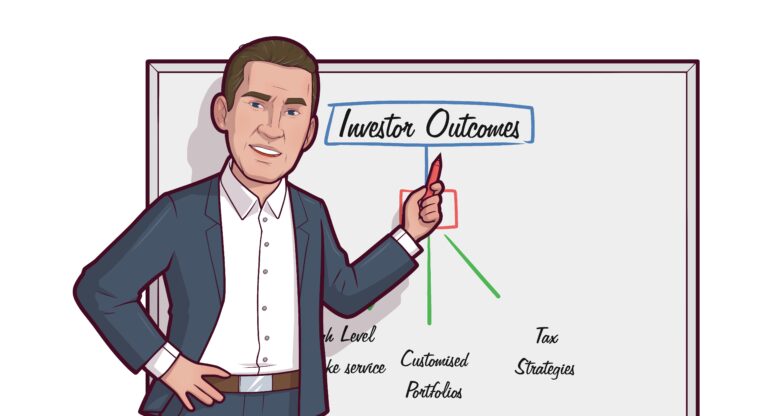Another financial year is drawing to a close. Have you done your best financially? Now is the time to go through our check list and see if any of our top 8 end of year action points apply to you.
Co-Contribution
If you are under 71 on the last day of the financial year, and have income below $43,445 and a total super balance below $1,900,000 then you may be able to get a $500 co-contribution paid by the ATO into your super. It’s free money! All you need to do is contribute up $1,000 or more and not claim a tax deduction on that contribution. Also note that 10% or more of your income must be from carrying on a business or being an employee. So 100% passive income from rent etc will not qualify you for this one. The co-contribution phases down to nothing at an income of $58,445. More information here: ATO Co-Contribution
Spouse Contributions
If you have a partner and they earn less than $37,000 then you can get a $540 tax offset by making a $3,000 contribution into their super. The rebate phases out to nothing if they are earning $40,000 or more. The spouse must also have a total super balance below $1,900,000. The $540 is a non-refundable offset, so you have to owe at least that much in tax for this to be beneficial to you.
Maximising Super income tax deductions
You can claim personal super contributions as a tax deduction. While the standard annual limit is $27,500 in aggregate (employers and personal) you may have room to add some personal contributions and claim a deduction. Claiming a tax deduction after age 67 will require you to meet a ‘work test’. Once you are 75, only super guarantee contributions are allowed, except for downsizer.
Carry Forward contributions
Since the 2018/19 tax year, you have been able to carry forward unused contribution caps. This only applies if your total super balance (all accounts) at the prior June 30 is below $500,000. You can find your eligible ‘carry forward’ amount by logging into ATO online services, select Super, then navigate to Carry forward concessional contributions. This will give you a history of the ATO records of your super contributions. This year will be the last when you can claim any un-used contribution limit from the 2018/19 year. See my blog article here on how to find your current Carry Forward limits.
Start a Transition to Retirement Income Stream
If you have turned 60 you are likely eligible to start drawing on your super through a TRIS or TTR. We often hear people tell us that after paying the mortgage etc, there is nothing left over for making additional super contributions. Well, when you turn 60, you can commence drawing from super, taking up to 10% of your account balance, and that can give you the extra cash you need to make super contributions and reduce your tax. For someone on $90,000 salary and a $200,000 super balance, re-cycling $15,000 of your super this way can save you a net $2,925 in tax.
Capital losses
If you have realized capital gains that you know will be taxable, then have a look at any capital losses that you might want to use to offset those gains. Tax loss harvesting is fine. “Tax Wash” selling can attract ATO attention. Talk to your accountant about the difference.
Double your concessional super contributions
This one is only available to members of a Self Managed super fund, because the fund can accept a contribution, use a contribution reserve, and then allocate the contribution within 30 days. This allows you to claim up to $55,000 this financial year. It is mostly useful if you have a big income this year, and likely to have little or no income next year, or perhaps retiring in the new financial year.
Pay out minimum pensions
This one is only on the checklist for SMSF members. You control your own pension payments, so make sure that you have drawn the minimum annual pension payment by June 30 to ensure your Pension accounts do not get re-assessed as Accumulation Accounts and become subject to the higher tax rate.

